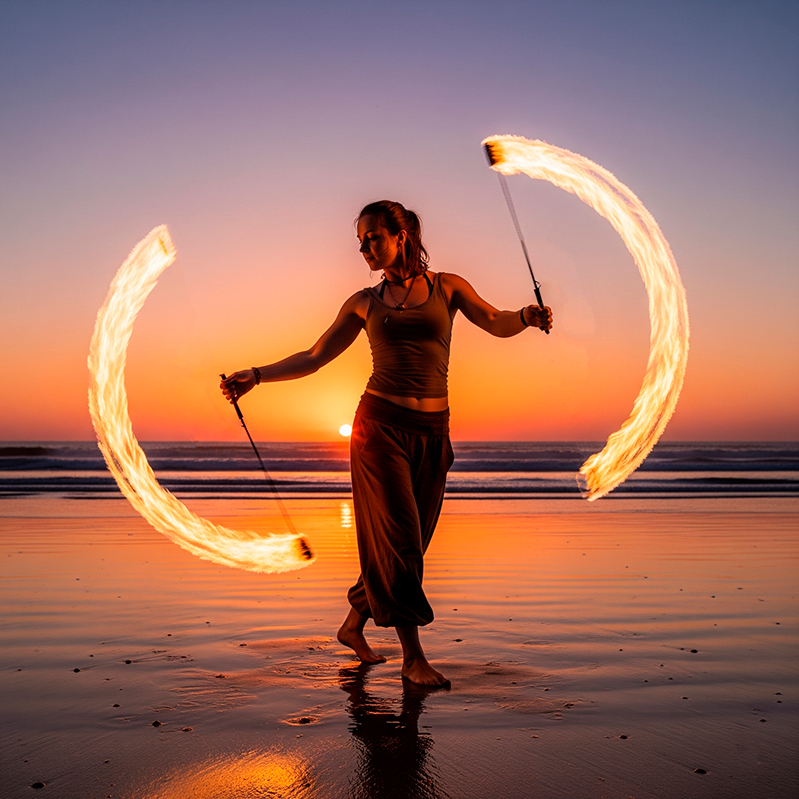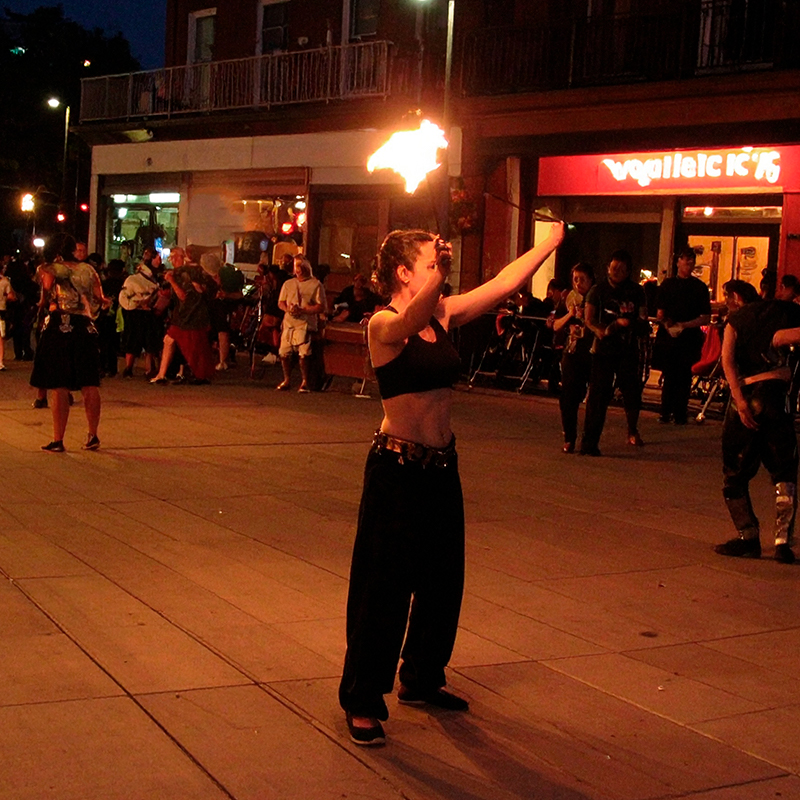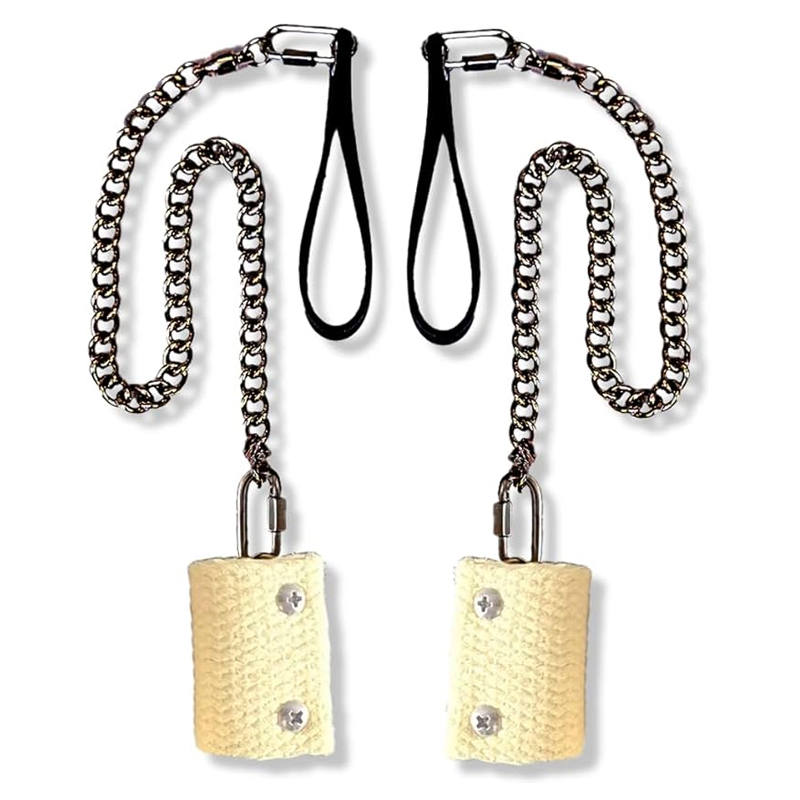Safety Tips Before You Light Up
Before you even consider lighting your poi, let’s be clear: safety is not optional — it’s foundational. Fire spinning is thrilling and beautiful, but it’s also inherently risky if you’re careless. From the moment you hold a lit poi, you become part performer, part fire-handler. You owe it to yourself and others to be prepared.
First off, always wear tight-fitting, fire-retardant clothing made from natural fibers like cotton or denim. Avoid synthetic fabrics — they can melt onto your skin. I always remind beginners: even basic tricks like forward and backward circles need to be practiced until they’re muscle memory before you go near a flame.
Never spin fire alone. Always have a “safety buddy” with a wet towel, fire blanket, or extinguisher within reach. Choose an open space with no flammable materials nearby, and avoid windy conditions which can send a flame in unexpected directions.
In my experience, the people who stay safe are the ones who respect the flame. Fire poi is a dance — not a game — and discipline is what lets you perform confidently. Practice dry (unlit) until your transitions are smooth, your planes are steady, and your flow is under control.
Beginner Movements: Mastering the Fundamentals
Every skilled fire spinner started with the basics — and I mean basic. The key is building control, timing, and rhythm. You’re not just learning tricks, you’re training your body to move with precision and flow.
Start with simple forward and backward circles using each hand individually. One of the first things I practiced was getting each poi to rotate smoothly in front of my body. From there, work toward doing both hands simultaneously, in opposite directions — this builds coordination and muscle memory.
A great foundational move is the “Two-Beat Weave”, followed by the “Three-Beat Weave”, which is the first move that makes you feel like a real spinner. These build your ability to cross poi over the midline of your body and teach spatial awareness.

From my own practice, I found that the “hourglass” pattern — where the poi spin in opposite directions creating a figure-eight between your arms — really helped me feel the rhythm of movement and helped improve my planes.
Master these, and you’re already ahead of most casual spinners. The goal isn’t to look flashy — it’s to build solid technique that supports everything else.
Core Tricks Every Beginner Should Learn
Once you’ve nailed down control and consistency with your planes, it’s time to unlock some crowd-pleasers. Here are foundational tricks that will serve you for years to come:
- Windmills: This trick involves swinging the poi above your head in crossing patterns. I remember how satisfying it felt the first time I smoothly pulled off a windmill — it instantly made my movements look more dynamic and impressive.
- Butterfly: Here, the poi spin in opposite directions in front of your body. It’s one of those iconic tricks that looks hypnotic when done cleanly. Once you’re confident, you can start moving it above your head, behind your back, or even turning while spinning.
- Reels and Corkscrews: These lateral moves get your poi spinning around your sides and above your head in elegant arcs. They’re super useful for transitions and really polish your routines.
It’s easy to get frustrated when you tangle up (and you will tangle up), but that’s all part of the learning curve. Go slow, breathe, and practice with patience. One trick at a time.
Intermediate Techniques to Step Up Your Flow
Now that you’ve got the basics, it’s time to unlock fluidity and connect your movements. Intermediate-level spinning is all about transitions, turning, and building sequences that look effortless.
A must-learn at this stage is the “Three-Beat Weave Behind the Back”, which ups your spatial awareness and builds control. The poi come much closer to your body, so posture and consistency become key.
You should also explore body tracers, waist wraps, and shoulder reels — moves that involve the poi tracing parts of your body. These tricks add depth to your flow and look amazing in performance.
One advanced beginner move that really helped me was learning the “Orbit”, where the poi rotate around each other while both arms stay relatively fixed. It challenged my rhythm and symmetry, but once I got it, it made more advanced patterns way easier to approach.
I also started experimenting with direction changes — learning how to go from forward to reverse without breaking rhythm. That’s what starts to make your spinning feel like dancing, not just doing tricks.
Advanced Poi Tricks: 3-Beat Waves, Isolations & Orbits
Welcome to the level where skill meets style. Advanced poi spinning is all about layered complexity — you’re weaving in planes, speed changes, body movement, and illusions.
Let’s break down some key tricks:
- Three-Beat Wave: This classic involves overlapping patterns that feel like a rhythmic “wave” in your arms. It’s graceful and hypnotic, and when synced to music, it looks incredible. It took me time to get the timing right, but now it’s one of my favorite transitions.
- Isolations: These give the illusion that your poi are “locked in space” while your hands move around them. They require precision and muscle control — one misstep and the illusion breaks. But when you nail it? People notice.
- Orbits & Flowers: These symmetrical patterns make your spinning look polished and mathematical. Flowers in particular — where the poi follow a petal-like path — look beautiful when timed to a beat.
- Behind-the-Back Weaves, Anti-Spins, and Hybrids are all options too. They’re harder, yes, but they open up your entire performance vocabulary.
My advice: work on one new advanced move at a time. Trying to master everything at once is a shortcut to burnout. Focus builds flow.

Building Your Own Fire Poi Routine
You’ve got the tricks — now it’s time to create your own dance. Building a routine is where poi becomes an expressive art form, not just a skillset.
Start with a music track that resonates with your movement style. Use the intro to showcase clean basics — this builds confidence and allows the audience to sync with your rhythm.
Divide your routine into three sections:
- Intro (control & tempo): Simple circles, weaves, butterflies
- Middle (complexity & dynamics): Windmills, reels, body tracers, isolations
- Finale (impact): Orbitals, fire fountains, high-energy transitions
Incorporate turns, footwork, and body angles. Even basic tricks look amazing when combined with intentional movement. Think of each trick as a word in a sentence — your goal is to speak a language of fire.
Personally, I found that ending with a controlled but explosive move — like a spinning corkscrew — left the audience in awe, even when I only knew a handful of tricks. It’s all about confidence and control.
Common Mistakes and How to Avoid Them
If you’re new to fire poi — or even if you’ve been at it for a while — chances are you’re going to hit some bumps. Here are common mistakes I’ve made (and seen), and how to steer clear:
- Going too fast, too soon: Fire exaggerates your movements. If you don’t have control, you’ll lose rhythm or hit yourself — neither is fun.
- Skipping drills: Practicing the same basic move for 15 minutes isn’t glamorous, but it builds the foundation you’ll need for everything else.
- Improper planes: Crooked spinning makes tricks sloppy. Practicing in front of a mirror helps, and so does recording yourself.
- Neglecting safety protocols: Seriously — don’t spin fire without a proper checklist. It’s not worth the risk.
Early on, I didn’t realize how crucial it was to take breaks and stretch. Poi spinning involves shoulders, wrists, and arms heavily. Overuse can lead to injury. Warm up, cool down, hydrate. Always.

Safe At-Home Practice Tips
You don’t need a festival or stage to improve your flow. In fact, 90% of progress happens in quiet solo practice — preferably in your backyard or a spacious room.
Here’s what worked for me:
- Use sock poi or LED poi indoors — no risk, same benefits.
- Mark your poi planes on a wall with tape to monitor angles.
- Practice barefoot or in flat shoes to improve grounding.
- Use a mirror or film yourself — your eyes lie, video doesn’t.
- Light your poi only after you’ve drilled a trick at least 100 times without error.
Above all, make it fun. Poi isn’t just about performance — it’s a moving meditation. Some of my best flow sessions happened late at night, under soft music, just spinning in rhythm with myself.
🔥 Final Thoughts
Fire poi is more than just a skill — it’s a journey of rhythm, patience, and personal growth. Whether you’re starting with basic forward circles or experimenting with isolations and orbitals, every session adds to your confidence and artistry.
If you’re just beginning, remember this: we all start somewhere. I wasn’t an expert, and I’m still learning. What matters is showing up, spinning safe, and flowing forward.
Ready to light up the night? Just start — one circle at a time.
